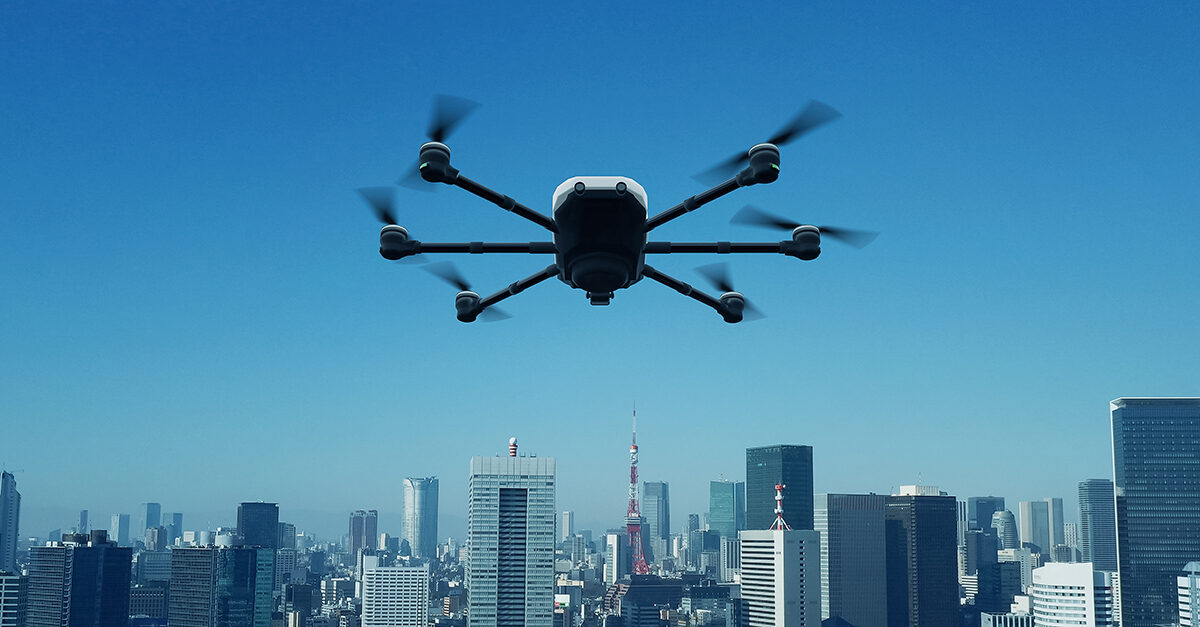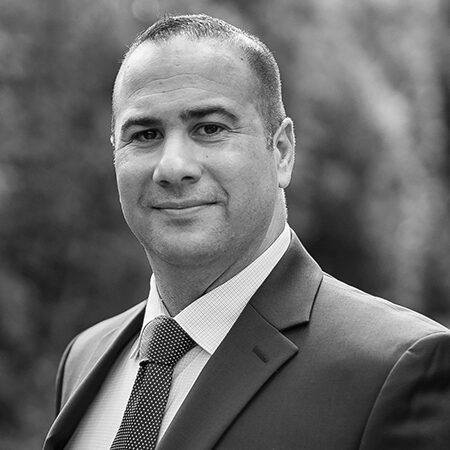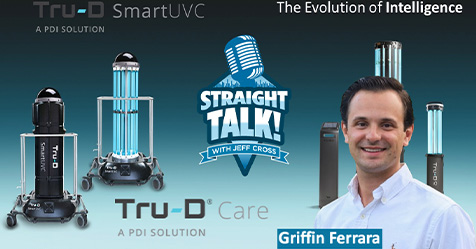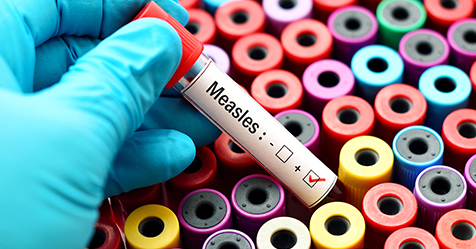The United States is home to approximately 12 million commercial buildings, more than half of them warehouses, offices, retail buildings, and service facilities, according to an analysis of U.S. buildings published in the newsletter Construction Physics. Historically, cleaning the exterior of these and other large buildings has been a time-consuming and labor intensive task for facility managers—and one with many safety concerns.
Traditional exterior cleaning methods involve workers leaving the ground, from window washers perched on scaffolding with their squeegees to work crews pressure washing durable surfaces at elevated heights. Some crews have transitioned to soft washing to preserve the building material; however, this still requires working from heights. New spraying drone technology eliminates the safety concerns associated with these cleaning methods—keeping workers on the ground while still providing quality results.
Seize the benefits in the air
Building owners and managers follow routine cleaning schedules to protect their investment and ensure that customer-facing facilities make a positive impression. Window cleaning is recommended twice a year at minimum, while non-window surfaces, such as brick, should be cleaned every one to two years, depending on the climate, type and condition of the building material, exposure to sunlight, and principal building activity. Many would prefer to clean their building exterior more frequently but find the task cost prohibitive and labor intensive.
Cleaning drones offer a cost-effective and time-efficient solution, allowing for more frequent cleaning within the same budget. Drones also empower cleaning personnel to work more resourcefully, reaching previously hard-to-reach spaces without leaving the ground. The ability to work faster, safer, and at a lower cost can free cleaning crews to take on other tasks.
While safety is the No. 1 advantage of drone cleaning, the technology offers other benefits compared to traditional methods of exterior cleaning. These include:
- Less disruption to tenants and customers and preservation of landscaping due to the elimination of unnecessary equipment
- Cost savings from expedited project completion times and lower insurance rates and liability for keeping employees off ladders and scaffolding
- No-touch window cleaning utilizing an environmentally responsible cleaning solution and a spot- and streak-free water rinse
- Improved flexibility from using a drone that can scale vertically and horizontally, cleaning more square footage in one pass compared to a worker on a ladder
- The ability to get to the root of building stains using recommended cleaning solutions and low-pressure, soft-spray washing (less than 300 pounds per square inch or PSI)
- Improved sustainability, as drones are battery powered.
Secure the details before taking flight
Before operating the drone, you need to put a few safety precautions in place. Be sure to mark off the work site to prevent cross traffic and have your workers operate in teams of two.
Drone operators must hold a Part 107 license from the Federal Aviation Administration (FAA). Although aviation insurance is not required, it is highly recommended. Your drone provider can assist you with compliance or provide a turnkey solution. Unlike free-flight surveillance drones, a cleaning drone tethers to an on-ground pump system, typically in the bed of a work truck, that transfers the cleaning solution through a hose to a nozzle. It takes only a couple of minutes to set up the drone, plug in the hose, and turn on the system. A remote valve on the drone allows the operator to start and stop the spray from the drone controller.
Cleaning drones can scale multiple stories in a matter of seconds. Although FAA guidelines limit spraying drones to 110 feet, the equipment is usable on most buildings since 99% are 10 stories or shorter, according to the building analysis in Construction Physics.
Operators can use a variety of cleaning solutions in a drone, for surfaces ranging from glass and metal to stone and brick. Consider using environmentally responsible solutions whenever possible.
Familiarize yourself with drone features that provide additional safety. An obstacle avoidance setting ensures that the drone is always at a set distance from the building, typically 3.5 meters, to prevent collisions. A high-end positioning system keeps the drone in one position, level within a few centimeters, when idle. The drone is also programmed to operate slowly, at approximately the same pace that a worker would walk to effectively clean the building.
Rely on the convenience of rental
While cleaning drone technology is relatively new to the cleaning industry, facility managers are quickly adopting it. They find the technology’s effectiveness, efficiency, and cost savings particularly appealing.
Working with an equipment rental company provides reliable, easy access to drone systems with nationwide support, service, and maintenance. Rental partners can also provide access to a network of drone pilots or assistance with licensing, depending on your needs.
Drone rental is commonly available in two ways. You may rent the drone on a project-byproject basis, using a pilot who is licensed and certified to operate the drone properly. You may also rent the drone long-term and maintain an operator on staff, allowing your company to provide exterior cleaning as a value-added service to clients. A rental equipment partner can help in both instances.
As cleaning drone technology and rental becomes more prevalent, it’s safe to speculate that it will replace many of the traditional exterior cleaning methods and drive the evolution of the exterior cleaning industry. Greater access to the equipment, along with its safety and productivity benefits, will help make the most of cleaning budgets—and encourage more frequent exterior cleaning. This in turn will help support customer and tenant retention, better preserve buildings, and uphold a positive impression of the facility.




